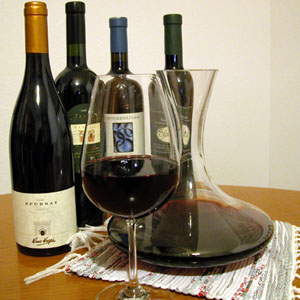
The authentic country cuisine, like the natural environment in which it originates, presents dishes that are greatly appreciated by the most demanding palates: “
pizzoccheri”, “sciatt”, “polenta taragna”, made with buck wheat flour, “
brisaola” or “
bresaola”, a type of dry salt beef typical of Valtellina, the unsurpassed quality of which is due to delicate preparation and perfect curing in unique environmental conditions; “
Bitto” cheese, which bears the DOP (protected denomination of origin) mark and “
bisciola”, a rustic cake containing walnuts, figs and raisins.
The queen of all these specialities is the wine of Valtellina: Valtellina Superiore DOCG (controlled and guaranteed denomination of origin) which is divided into four subordinate areas, Sassella, Grumello, Inferno and Valgella, “
powerful aces” as Leonardo da Vinci called them in his “
Codex Atlanticus”.
Wine production begins just a few kilometres from Morbegno, on the sunny slopes of the Rhaetian Alps. Over the centuries, more than fifty kilometres of mountain side have been transformed into a series of board terraced vineyards.
These were obtained with soil sometimes transported from the alley floor, held back by dry stone walls, a work produced by generations of dedicated Valtellina vine growers, allowing them to produce not only famous grapes and wines, among which “
Sfursat” is particularly worthy of note (made of Valtellina grapes left to wither on cane mats until their sugar content gives a wine of about 15 degees), but also a stupendous attraction in the landscape which, for its extent, is unrivalled in Italy.
The wine routes through the various production areas combine environment, art and history with visits to wine cellars at Sondrio, Chiuro, San Giacomo di Teglio and Tirano. Besides the local wines, cheeses, bresaola and apples, we must mention mushrooms, kiwis, jams, honey, herb products, Alpine herb liqueurs, grappa and mineral waters.
Valtellina has typical handicrafts too: these include “
pezzotti” (rustic mats in bright colours, combined and alternated with taste and imagination) and pot stone (a soft greenstone which retains heat, used in olden times for making cooking pots and other household articles), which have followed the evolution of contemporary taste.